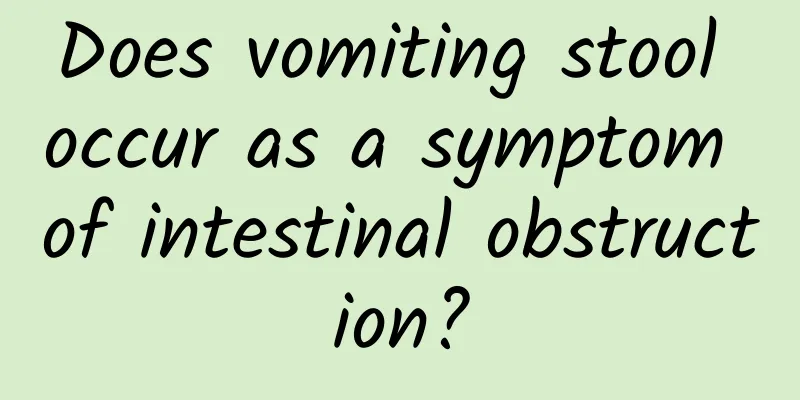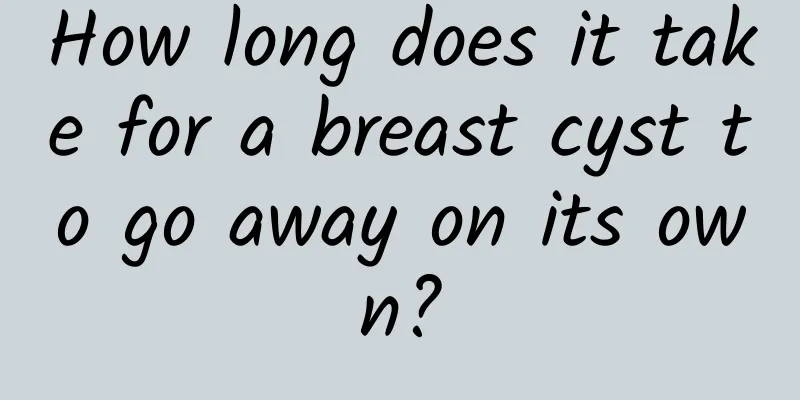What are gallstones?

|
Gallstones are a common digestive system disease, often manifested by severe abdominal pain, nausea, vomiting, fever and other symptoms. Different types of gallstones can be caused by a variety of factors such as bile composition disorders, metabolic abnormalities or infection. Early detection and intervention can effectively relieve symptoms and prevent complications. Gallstones are mainly divided into three types: cholesterol stones, pigment stones and mixed stones. Cholesterol stones are often related to cholesterol metabolism disorders. For example, obesity, long-term high-fat diet, diabetes and pregnancy may increase the risk; pigment stones are more common in patients with long-term chronic hemolysis, biliary infection or liver disease; mixed stones are formed by a mixture of cholesterol, calcium salts and other substances, and often occur in patients with chronic cholecystitis. The formed gallstones may be deposited in the gallbladder, bile duct or intrahepatic bile duct, causing various discomforts ranging from mild to severe. In terms of treatment, observation is usually adopted for asymptomatic gallstones without emergency intervention; while patients with obvious symptoms can choose medication or surgery according to the situation. In terms of medication, ursodeoxycholic acid is used to dissolve cholesterol stones, but it needs to be taken for a long time and is ineffective for most patients. Laparoscopic cholecystectomy is the current mainstream method for gallstone treatment and is suitable for patients with gallstones or inflammation. For common bile duct stones, endoscopic retrograde cholangiopancreatography combined with lithotripsy (ERCP) is a minimally invasive method. Adjusting your daily diet to avoid high-fat, high-cholesterol foods and eating more vegetables and fruits rich in dietary fiber are helpful for prevention and auxiliary treatment. There is no need to panic when facing gallstones. Early detection and standardized treatment can allow most patients to return to normal life. However, the signs that need special attention include symptoms such as continued worsening abdominal pain, jaundice or fever. You should seek medical attention in time to rule out the possibility of acute cholecystitis or cholangitis. A healthy lifestyle is an important cornerstone for preventing gallbladder diseases. Maintaining a regular diet, proper weight management, and appropriate exercise can not only protect the health of the gallbladder, but also improve the quality of life in an all-round way. |
<<: How to distinguish internal and external hemorrhoids
>>: How many mm above the breast nodule is recommended for surgery
Recommend
Rheumatoid arthritis swelling and difficulty bending and stretching
Rheumatoid arthritis swelling and difficulty in f...
How to treat breast cysts to make them disappear? Chinese medicine
The treatment of breast cysts requires a combinat...
Which is more serious, anal abscess or anal fissure?
Perianal abscess and anal fissure both have their...
What is osteoporosis
Osteoporosis mainly occurs in the elderly and has...
How long does it take to be hospitalized for breast cyst surgery?
Whether breast cyst surgery requires hospitalizat...
How to perform varicose vein surgery
Varicose vein surgery is the treatment of varicos...
Can breast fibroids be massaged?
It is not recommended to rub breast fibroids. Bre...
How much does gallstone surgery cost?
The cost of gallstone surgery varies depending on...
3D demonstration of dressing change for perianal abscess
The use of 3D demonstration of dressing change te...
How to treat hydronephrosis best
There are many different treatments for hydroneph...
How to prevent varicose veins
Varicose veins are a problem that many people may...
How to treat congenital heart disease in newborns? Can it be cured?
In many cases, congenital heart disease in newbor...
How to prevent hemangioma disease
Hemangioma, as the name implies, is a tumor disea...
Ovarian cysts are most afraid of three kinds of fruits
Ovarian cysts are a common gynecological problem....
Can massage eliminate breast cysts?
Breast cysts are often troubling, and many people...









